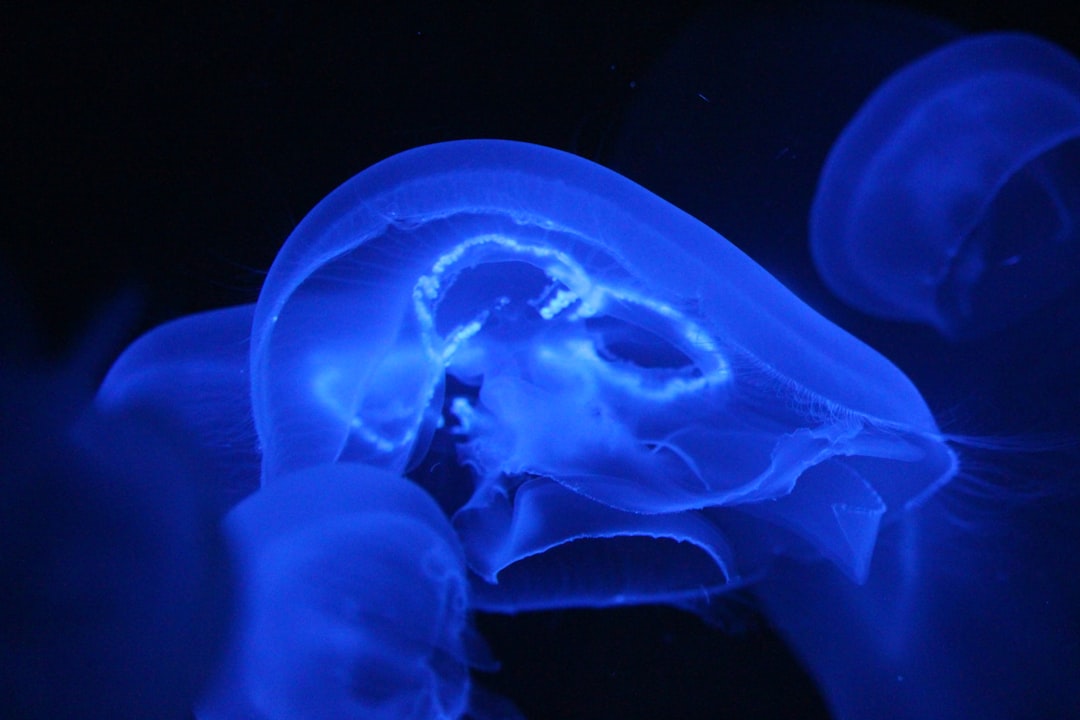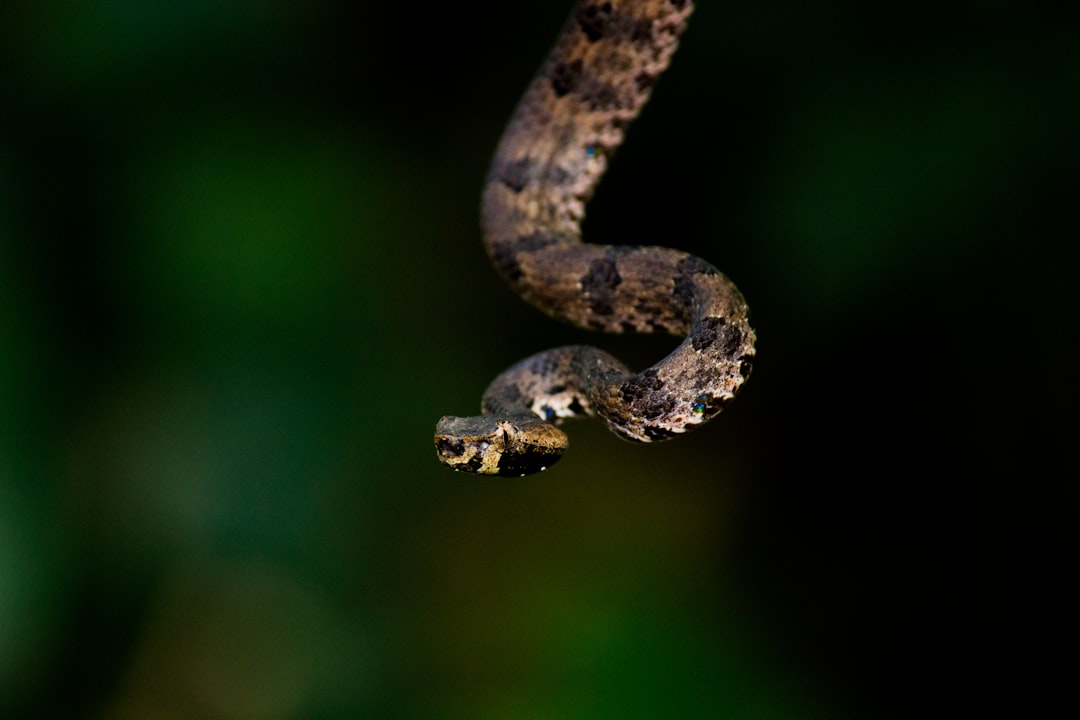What is it about?
The behavioral responses of the potato tuberworm moth Phthorimaea operculella and the polyphagous predator Orius insidiosus to volatiles emanating from exposed tubers were studied by four-arm olfactometer bioassays. Mated females of P. operculella distinguished volatiles released by intact potato tubers from volatiles damaged mechanically or by conspecific larvae. Volatiles from intact potato tubers were attractive to them. On the other hand, unmated females of P. operculella did not respond to tuber volatiles. Adults of O. insidiosus were attracted to volatiles from tubers damaged by P. operculella larvae, but did not respond to intact or mechanically damaged tubers. Methyl jasmonate (MeJA) was the only compound identified from the headspace of potato tubers (GC-MS of direct headspace sampling). The amount varied with the type of induction, being 0.001 ± 0.0003 ng g−1 in tissues of intact fresh tubers, 0.002 ± 0.0007 ng g−1 in mechanically damaged tubers, and showing a six- to tenfold increase in P. operculella damaged tubers (0.090 ± 0.006 ng g−1). Behavioral bioassays with synthetic MeJA confirmed that the response of the insects is dependent on MeJA concentration. Mated females of P. operculella showed the highest response at 0.001 ng g−1 (concentration released by intact tubers), whereas O. insidiosus showed the highest response, between 0.01 and 0.05 ng g−1, which is close to the concentration released by P. operculella damaged tubers. Based on these results, we postulate that P. operculella and O. insidiosus have adapted their responses to plant volatiles differently, enabling them to locate suitable hosts or prey.
Featured Image
Read the Original
This page is a summary of: Differential Attractiveness of Potato Tuber Volatiles to Phthorimaea operculella (Gelechiidae) and the Predator Orius insidiosus (Anthocoridae), Journal of Chemical Ecology, September 2007, Springer Science + Business Media,
DOI: 10.1007/s10886-007-9358-2.
You can read the full text:
Contributors
The following have contributed to this page










